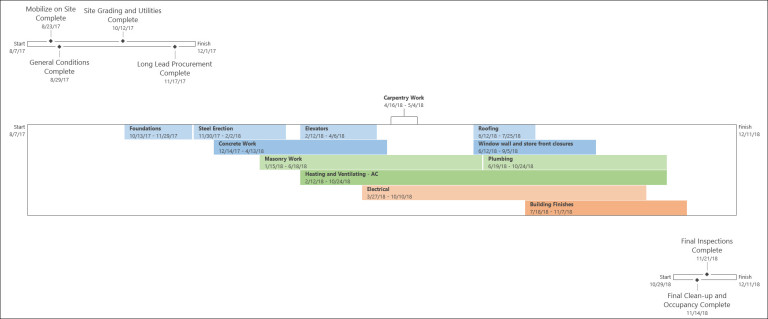

You should be careful not to choose an existing baseline as it will overwrite it with new data. You can do so by going to Project > Set Baseline and choosing one of the unsaved baselines. Create new tasks as shown in the figure below.įigure XI How to Save Multiple Baselines?Īt times, you may need to save a new baseline as a project’s scope has changed. Open MS Project and go to Gantt Chart view.Ģ. You can follow the below mentioned steps for creating a new project and baselining it:ġ. You can similarly save three sets of data for other fields including Work, Duration, and Cost. Baseline Start/Finish fields are used to store the original plan dates, Start/Finish fields are used to store the current plan dates, and Actual Start/Finish fields are used to store the actual dates of a task. In one of my previous articles, I explained why MSP provides a facility to save three sets of dates (planned dates, actual dates, and baseline dates).Įach of the three sets of dates has its own purpose. You might wonder why a baseline is required if Project already provides the option for entering actual data like Actual Start & Actual Finish, Actual Duration, and Actual Cost. Why is a Baseline Required?Īt the first glance, the baseline feature of MSP looks redundant and counterintuitive. This way you can compare actual data against the original plan.


It allows you to save baseline data for Work, Duration, Start & Finish Dates, Cost, and a few other fields. MSP gives users the option to save multiple baselines for each task. An MS Project BaselineĪ baseline contains data that can be used for comparison or control. You can also read a previous article that provides some of the best practices for baselining a project. In this article, we will cover why a project baseline is required, how to set it up in Microsoft Project (MSP), and how to use it for tracking a project. I now can see that the project baseline should always be saved. Overall the audit went well, but it was a good learning experience for me. Although my team was serious about the work and always completed it within the defined timeline, my answer to the auditor’s question was pretty naïve.

I told the auditor that we didn’t need one, as we were completing the work as per the defined schedule even if we have to work extra hours. I had a scant idea about project baselines at that time, but I had not saved one for the project. When I showed the schedule, the auditor asked me to then show the project baseline. During that first audit as a PM, I was asked to show the Microsoft Project schedule of my project. Throughout my career as a project manager, I have been through many project audits, but the first one is etched in my memory. Project Portfolio Management (PPM) Training.Project Management Office (PMO) Training.Enterprise Project Management (EPM) Training.Project Management Certification Training.


 0 kommentar(er)
0 kommentar(er)
